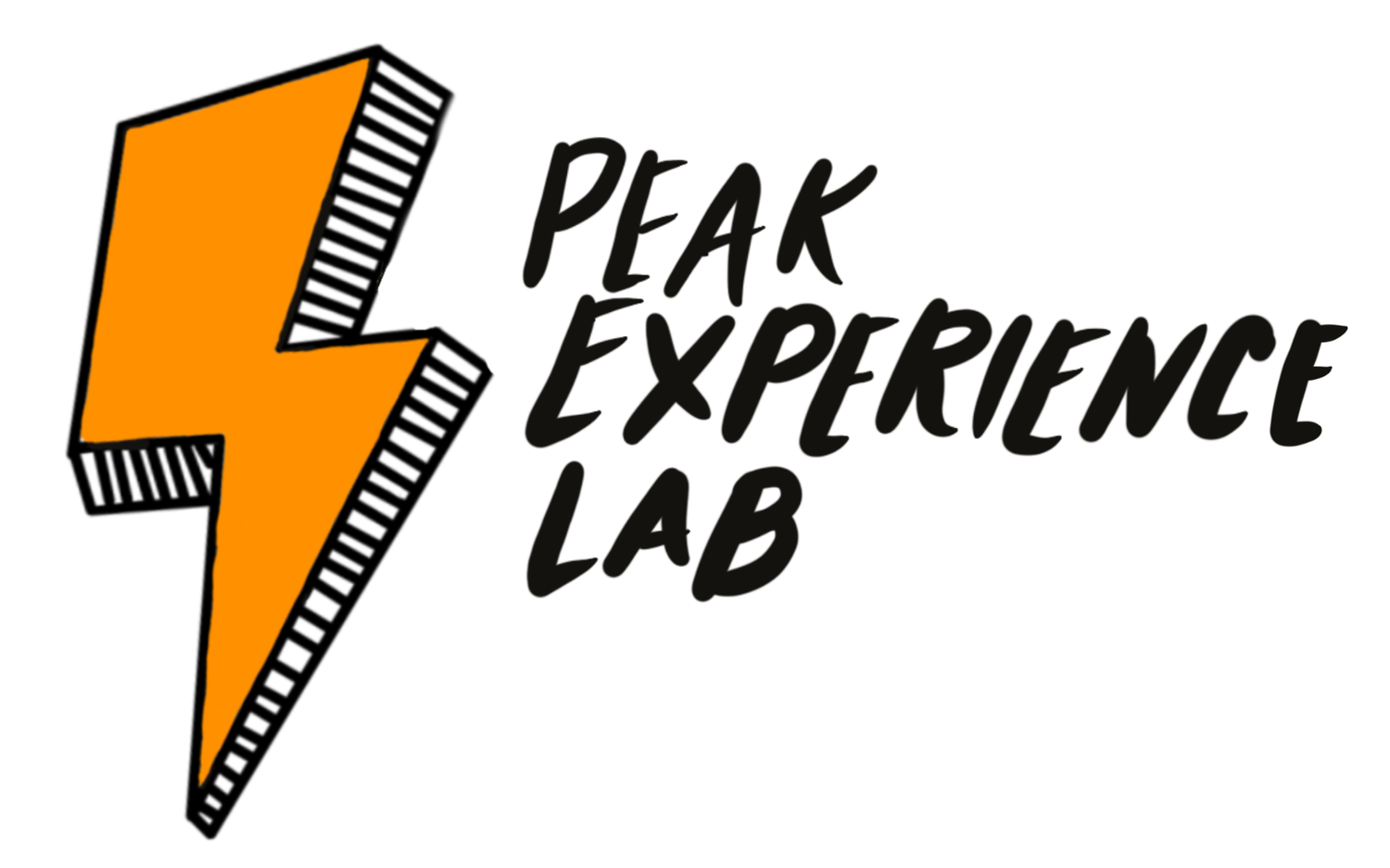Museums with a Single Focus: How to Attract the Non-Enthusiast
When I arrived at the Finger Lakes Boating Museum to discover dozens and dozens of recreational wooden boats so lovingly displayed, I could tell there was a lot of passion for this collection. There are legions of volunteers, dedicated board members, and a three-person staff with the energy of fifteen. You don’t want to say the “F-word” around this bunch. That’s right, “fiberglass” – the lightweight, synthetic assassin of the handcrafted wooden boats industry. This museum is on a steadfast mission to save the boats and the skills to build them.
The Finger Lakes Boating Museum was founded like many other specialty museums – a group of diehard enthusiasts wanted to preserve a collection of disappearing antiques and share their love with others.
Similar examples dot the country. See an amazing 8,000 square foot model train diorama at Roadside America in Pennsylvania. Or get your gruesome bone saw and tourniquet fix at the National Civil War Medicine Museum in Maryland.
One thing these narrowly focused museums have in common is a small but loyal fan base. And when museum staff is surrounded by undying devotion, it’s hard to focus on the people who DON’T come to your museum. Sometimes this results in a slow but steady decline in visitation.
For these museums, it’s a good exercise to take a hard look at your core audience and think about the future. Are there enough hard-core enthusiasts to keep your doors open? How old are your enthusiasts? Will there be enough fans in 20 years to keep you viable? Fans of antique coffee cans may be dying off, while fans of Star Wars may be multiplying each year.
H. Rick Bamman - Star Wars Enthusiast
If you’ve determined that you have a dwindling or limited diehard fan base, the next step is to re-design your visitor experience to reach the non-enthusiasts as well as the hard-core devotees. As a consultant, being a non-enthusiast is actually one of my superpowers. That sounds blasphemous in a field full of people excited by their content, but it’s a useful disposition for my chosen crusade to help museums increase their relevancy to more people.
I am this lemur 👇. . . not caring about your antique thimble collection (at first glance), but showing you how to translate the magic that YOU see into a more dynamic experience for people like me.
Here are two of my favorite tips for
reaching the non-enthusiast:
Photo: Flickr User joshuahogan
1. Drill down to the essence of your subject matter. Interpret more broadly.
For example, staffers at an antique coffee can museum might ask themselves – what’s the devotion to these cans really about? I’m just riffing here, but is it about enjoying a cup of coffee the old-fashioned way – in the company of friends and neighbors? If so, your museum might embark on a new social bridging mission – bringing people together and nurturing those community bonds. The coffee cans themselves are there for the fans, but the interpretation focuses more universally on the emotions, ideas, and people that probably created this devotion in the first place.
To add depth, turn these essences into “essential questions” that involve people in deeper thinking –beyond just the cans. Use these questions to frame exhibits and programs. Invite people into act of grappling with something bigger than the objects themselves
Photo: Gillian Van Niekerk/Getty Images
Here are few essential questions I brainstormed with for our fictional social bridging coffee can museum:
How do rituals (like coffee drinking) affect our relationships and well-being?
How are people changed by their relationships with others?
How do you earn social capital? What should you do with it?
2. Design meaningful, fun, and PARTICIPATORY experiences.
Once you’ve drilled down to some of the broader essences of your subject matter, it’s time to focus on how to get people caught up in the feeling – the same feeling your superfans are subconsciously feeling. In the above example about social bridging, it’s not enough to put up a wall panel with a photograph of people talking and socializing while drinking coffee. Your mission is creating memorable moments of real interaction. Maybe it’s as simple as serving real coffee in your gallery with conversation prompts written on coffee cans. Maybe you host an all-night, coffee-fueled “Get Buzzed” dance-a-thon. The point is that it’s a memorable experience. We live in the age of the Experience Economy. The internet has given us information at our fingertips. So we need more than information to inspire people to leave their houses. We need EXPERIENCES. Embrace this philosophy and you’re ready for the 21st Century, no matter how narrowly focused your collection is.
(Read more about the importance of experience on my blog)
A fictional coffee-fueled “Get Buzzed Dance-a-thon”
Photo by Flickr user Patrick Gysen
Even if your museum’s narrow focus attracts enough hard-core fans to keep the doors open, it’s still a good exercise to think about the non-enthusiast. Think about the family members who are dragged through the doors of a specialty museum so that their spouse or parent can “nerd out.”
Designing for the non-enthusiasts helps everyone have a better time and discover interests they didn’t know they had.
Andrea Jones is an independent consultant and experience designer working with museums to reinvent storytelling and interpretive methods in the service of greater relevancy for audiences. She is located Washington DC.






